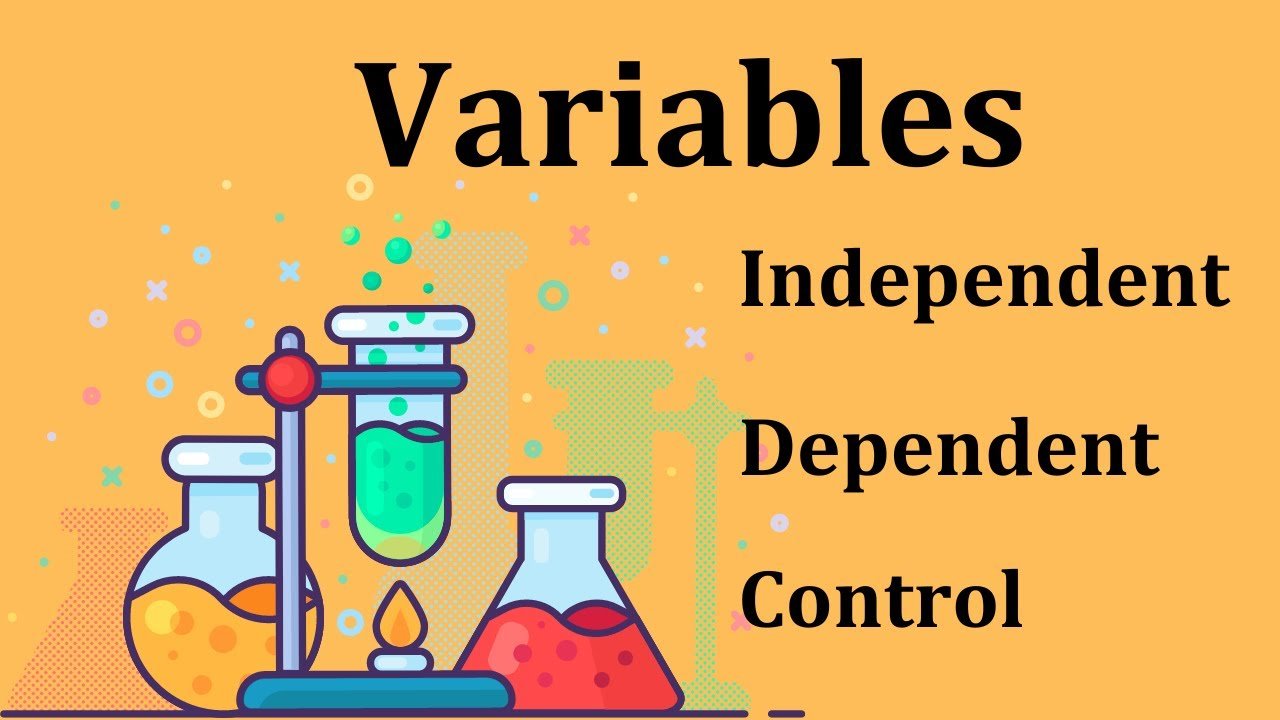Concept About Variables – In its most common sense, methodology is the study of research methods. However, the term can also refer to the methods themselves or to the philosophical discussion of associated background assumptions. A method is a structured procedure for bringing about a certain goal, like acquiring knowledge or verifying knowledge claims. This normally involves various steps, like choosing a sample, collecting data from this sample, and interpreting the data. The study of methods concerns a detailed description and analysis of these processes. It includes evaluative aspects by comparing different methods.
In this way, their benefits and drawbacks are evaluated, as well as the research goals for which they may be used. These descriptions and evaluations are predicated on philosophical background assumptions; examples include how to conceptualize the phenomena under study and what constitutes evidence in favor of or against them. In its broadest sense, methodology encompasses the discussion of these more abstract issues.

Concept About Variables
A variable is any characteristics, number, or quantity that can be measured or counted. A variable may also be called a data item. Age, sex, business income and expenses, country of birth, capital expenditure, class grades, and eye color and vehicle type are examples of variables. It is called a variable because the value may vary between data units in a population, and may change in value over time.
For example; ‘income’ is a variable that can vary between data units in a population (i.e. the people or businesses being studied may not have the same incomes) and can also vary over time for each data unit (i.e. income can go up or down).
Definition of Variable
According to Sadeka Tahera Khanom
Variables are characteristics or attributes that may vary from person to person, place to place, or from time to time. Any biological, physical, chemical, social, behavioral or environmental characteristics can be considered as variable in research, e.g, age, parity, temperature, pressure, occupation, pH level, education, etc.
(Ref by- Sadeka Tahera Khanom/Research Methodology/24/38)
A variable is a characteristic of a person, object, or phenomenon which can take on different values .e.g, age, sex, weight, monthly income, etc.
(Ref by- Nirmala V/Research Methodology in Nursing/1″/56)
Variables are characteristics/attributes that may vary in different condition.
Example of Variables:
| Biological |
|
| Physical |
|
| Social |
|
| Habits |
|
| Events |
|
Types of Variable
Based on Form of Presentation:
➤ Numerical variable:
- The values of variables which are expressed in numbers Example-age, weight, monthly income etc.
➤ Categorical variables:
- The values of variables which are expressed in categories. Example doctor, engineer, teacher, urban, rural etc.
Based on Casual Relationships:
➤ Dependent variable: If one variable dependent upon or is a consequence of the other variable it is termed as a dependent variable.
➤ Independent variable: The variable that is antecedent to the dependent variable is termed as an independent variable. For example smoking causes cancer. Here smoking is independent variable and lung cancer is dependent variable.
➤ Extraneous /confounding variable: Independent variables that are not related to the purpose of study, but may affect the dependent variable are termed as confounding variable. Example- alcohol consumption causes esophageal cancer. Smoking influences esophageal cancer. Here, alcohol is independent variable, esophageal cancer is dependent variable, and smoking is confounding variable.

Based on Study design
➤ Active variable: Those variables that can be manipulated changed or controlled. Example: experimental interventions, different teaching method.
➤ Attribute variable: Those variables that cannot be manipulated, changed or control and that reflect the characteristics of the study. Example: Age, Gender, religion.
Others –
➤ Qualitative variables: Which take non numeric narrative values. Example- sex color etc.
➤ Quantitative variables: Which take numerical values. This may be –
- Continuous variable: a continuous variable is one which can have an infinite numbers of possible values in a given interval.
- Discrete variable: A discrete variable is one which can have only a finite numbers of values in a given interval. For example- number of hospital bed, numbers of family members etc.
(Ref by-Nirmala V/ Research Methodology in Nursing /56)

Scale of Measurement of Variable
There are 4 basic scales of measurement-
1. Nominal scale: Qualitative variables which cannot be arranged in any definite order are measured in this scale. Example –
- Marital status: Single, married, widowed, divorced.
- Sex: Male, female.
2. Ordinal scale: Qualitative variables, which can be ranked, are measured by this scale. Each rank or class bears the same situational relationship to the class, which follows it; the scale shows position on a ladder. Example-
- Social class: I,II,III,IV
- Year of education: 0, 1-5, 6-9, 10-12, more than 12 etc.
3. Interval scale: This has additional quality that the intervals between classes are equal. As for example temperature is measured in degrees. Equal differences between any pair of numbers in the scale indicate equal differences is the attribute being measured the difference of temperature between a room at 22°c and 37°c. The ratio between number in the scale is not, however necessary the same as that between the amounts of the attribute. A room at 20°c is not twice as hot as one at 10°c.
4. Ratio scale: This has the additional quality that zero indicates absence of the attribute. As a consequence, the ratio between numbers of the scale is the same as that between the amounts of the attribute being measured. Example-
- Weight: Measure in kilograms or pounds.
- Income: Measured in taka, dollars, pounds etc.
- Mortality rate: Number of deaths per 10 persons at risk.
Read more:
